Description
Genus: Boletus
Species: variipes
Tells: Buff/yellow/brown cap often cracks & fissures with age & hot weather. White pores age dingy yellow. Often bulbous stem usually netted but w/ white or brown.
Other Information: Often mistaken for B. edulis, variipes prefers leafy trees including oak, beech & aspen. NOTE: Variipes var. fagicola has a darker cap and stem.
Edibility: Choice.
Science Notes: Whole genome testing of the porcini clade has created questions about whether the name should be changed to the long forgotten name “B. leptocephalus.” The confusion apparently comes from mixed up labels at (or on their way to) the herbarium level.
CHEMICAL TESTS:
- NH4OH (Ammonia): Cap skin turns dark amber with a purplish black zone. Cap flesh turns gray or has no reaction.
- KOH: Cap skin turns dark amber with a purplish black zone. Cap flesh turns pinkish orange and then grayish.
- FeSO4 (Iron Salts): Cap skin may turn a little olive, but not reliably. Cap flesh slowly turns pale gray or yellowish.
Links:
 |
568 |  |
307 |  |
168 |  |
167 |

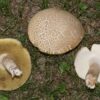
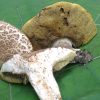
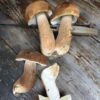
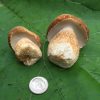
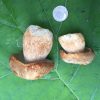
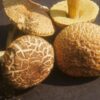
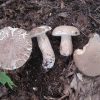
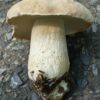
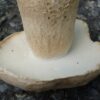
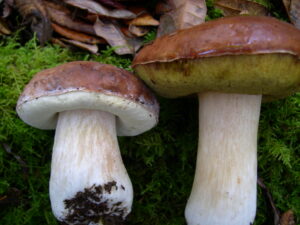
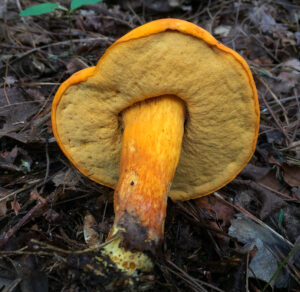

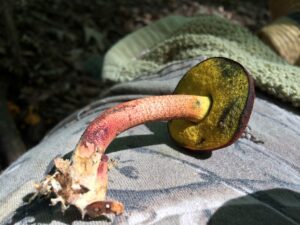
Got something to discuss?